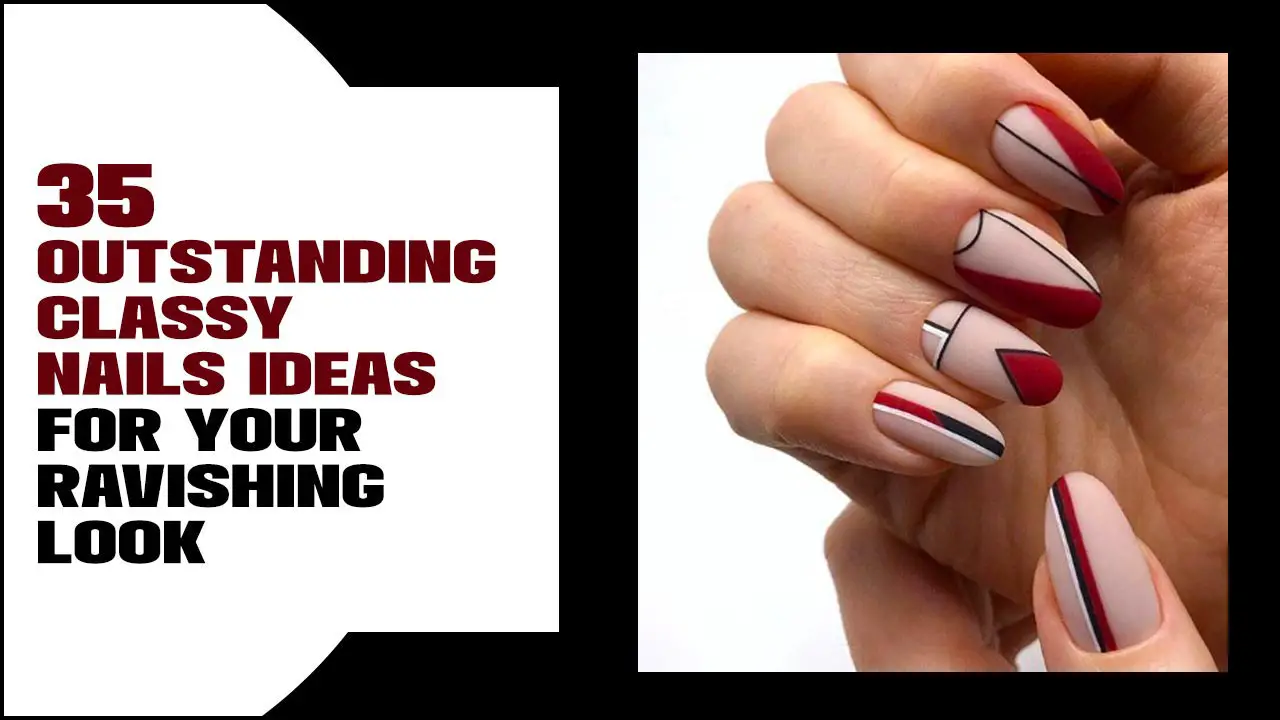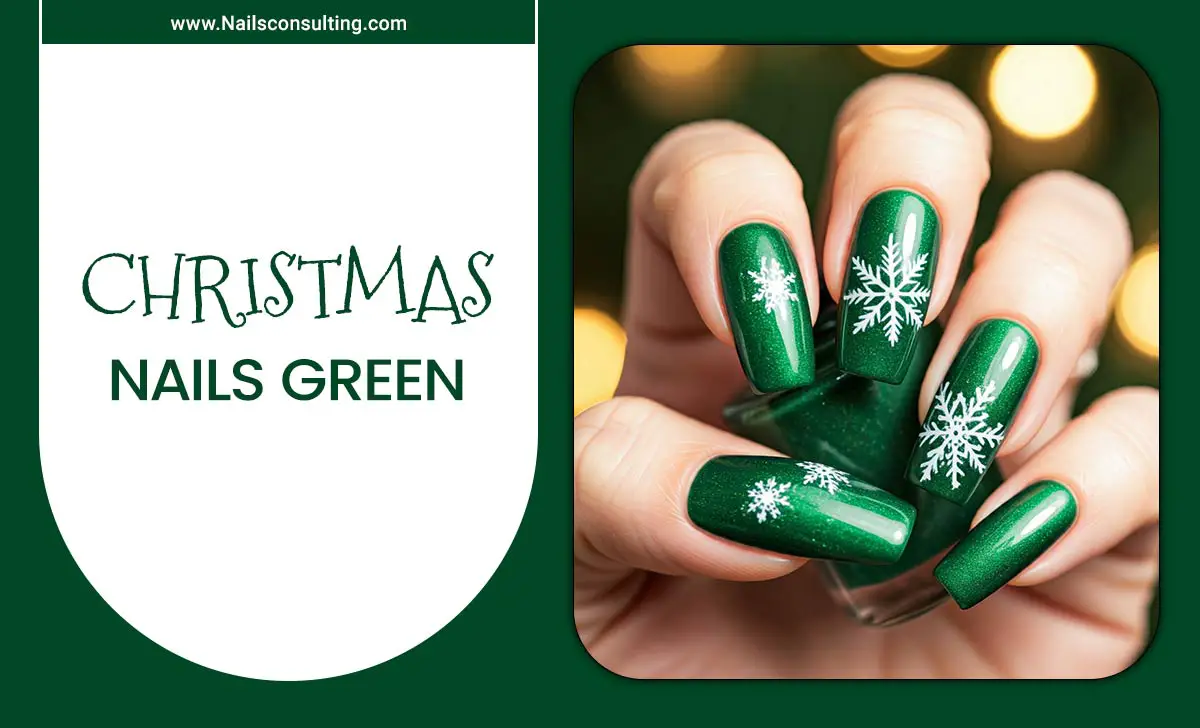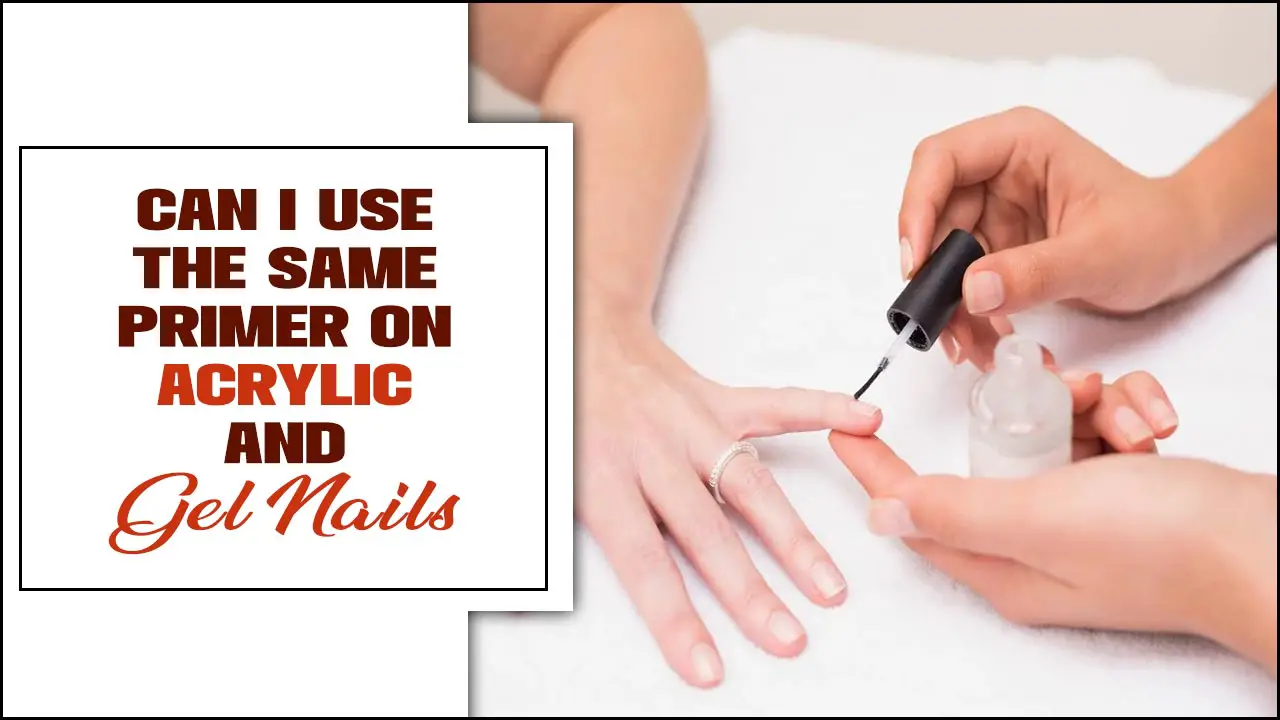Floral nail design is achievable for everyone! This guide breaks down simple techniques, essential tools, and genius tips to help beginners create beautiful flower patterns on their nails, making DIY manicures fun and stylish.
Dreaming of delicate blossoms gracing your fingertips? Floral nail designs are such a charming way to add a pop of color and personality to your look. But if you’re new to nail art, the idea of painting tiny flowers can seem a little daunting. Don’t worry, you’re not alone! Many of us feel a bit intimidated when we first dive into nail art. The good news is, creating pretty floral patterns is totally within reach, even for beginners. We’re going to walk through everything you need, from simple dotting techniques to finding the right brushes, all explained in a way that makes sense. Ready to let your creativity bloom?
Floral Nail Design Explained: Your Blooming Beginner’s Guide
Floral nail art is a timeless trend that brings a touch of nature’s beauty right to your fingertips. Whether you’re aiming for a subtle, elegant touch or a bold, vibrant statement, flowers on nails offer endless possibilities. This guide is all about demystifying the process, providing you with the knowledge and confidence to create stunning floral designs at home.
Why Floral Nails Are Always a Good Idea
Floral designs are incredibly versatile. They can be:
- Seasonal: Think delicate pastels for spring, vibrant hues for summer, warm tones for autumn, and even icy blues or whites for winter.
- Occasion-Appropriate: From elegant bridal nails to fun birthday manicures, there’s a floral design for every event.
- Expressive: Your flower choices, colors, and styles can reflect your mood and personal aesthetic.
- Beginner-Friendly: Many floral techniques, like dotting and simple brush strokes, are surprisingly easy to master.
Essential Tools for Your Floral Nail Art Journey
You don’t need a professional nail salon’s worth of equipment to create beautiful floral designs. Here are the key tools that will make your floral painting experience much smoother:
The Must-Have Nail Art Kit
- Base Coat: This protects your natural nails and helps your polish adhere better. Choose a good quality one, like OPI’s Natural Nail Base Coat, for longevity.
- Top Coat: This seals your design, adds shine, and prevents chipping. Essie’s Good to Go is a popular, fast-drying option.
- Nail Polish Colors: Select a variety of colors. You’ll need a base color for your nails and several shades for your flowers and leaves.
- Dotting Tools: These are lifesavers for creating perfect dots, which are the foundation for many simple flower designs. They come in various tip sizes.
- Thin Nail Art Brushes: For drawing delicate lines, petals, and details. A fine-tip liner brush is essential.
- Toothpicks or Orangewood Sticks: For picking up small amounts of polish or cleaning up edges.
- Nail Polish Remover: For quick clean-ups and correcting mistakes.
- Cotton Swabs or Pads: For applying remover precisely.
Optional but Helpful Tools
- Nail Art Stencils: If freehand painting feels too intimidating, stencils can guide your design.
- Stamping Plates: Pre-made patterns that you transfer onto your nails using special polish and a stamper.
- Cuticle Pusher and Cleaner: For preparing your nail bed for a flawless canvas.
- Hand Rest or Small Pillow: To keep your hands steady while painting.
Beginner-Friendly Floral Nail Design Techniques
Let’s get to the fun part! These techniques are perfect for those just starting out and are the building blocks for many gorgeous floral patterns.
1. The Dotting Technique: Simple & Sweet Blossoms
This is perhaps the easiest way to create floral nail art. It relies on making dots of varying sizes to form petals and centers.
What you’ll need: Base coat, polish colors, dotting tools (or the rounded end of a toothpick/bobby pin), and a top coat.
How to do it:
- Apply your base coat and let it dry completely.
- Paint your nails with your chosen base color and let it dry thoroughly. This is crucial to prevent smudging.
- Dip a dotting tool (or the tip of a toothpick/pin) into your first flower color.
- Create small, evenly spaced dots around a central point. For a simple daisy, make 5-6 dots in a circle.
- Use a smaller dotting tool or a different color to add a dot in the center of your flower.
- For leaves, use a green polish and a small dotting tool to create leaf shapes, or use a fine brush to draw simple leaf outlines.
- Let the design dry completely before applying a top coat.
2. The Simple Brush Stroke Flower
This method uses a fine nail art brush to create basic flower shapes with gentle strokes.
What you’ll need: Base coat, polish colors, a fine-tip nail art brush, and a top coat.
How to do it:
- Prepare your nails with base coat and dry color polish as usual.
- Load your fine brush with a small amount of petal color.
- Starting from the center, gently pull the brush outwards to create a petal shape. Repeat this process around a central point to form a flower. You can make simple teardrop shapes or more rounded petals.
- Use a contrasting color for the flower’s center, or a dotting tool for a clean dot.
- Add green brush strokes for leaves.
- Allow to dry and seal with a top coat.
3. Watercolor Floral Effect
This technique creates a soft, dreamy, almost painted look. It works best with gel polish but can be adapted for regular polish with practice.
What you’ll need: Base coat, white polish (or light base color), colorful polishes (acrylic paints work well too!), a detail brush, and a top coat. For gel, you’ll also need a UV/LED lamp.
How to do it (using regular polish):
- Apply base coat and a thin layer of white polish. Let it dry.
- Using a damp brush (slightly dipped in water, then blotted), pick up small amounts of your flower colors. Apply these colors in soft, blended strokes to resemble petals. Don’t overwork it.
- You can add a slightly darker shade for dimension or a different color for the flower center.
- For leaves, use greens in a similar wet-brushing technique.
- Let the design dry completely. This can take longer due to the layering. Seal with a top coat.
Tip: For a true watercolor look with regular polish, you can paint the general shape of your flower first with a light color, then go back with a slightly damp brush and colored polish to blend and create softer edges. It mimics the fluidity of watercolors.
Pro Tips for Flawless Floral Finishes
Even the simplest designs can be elevated with a few clever tricks. Here are some genius tips to make your floral nail art shine:
1. Prep Your Canvas: The Foundation of Perfection
A smooth, clean nail surface is key.
- Ensure your nails are clean and free of old polish.
- Gently push back your cuticles using an orangewood stick or cuticle pusher. This creates more space for your art and makes it look neater.
- Always use a base coat to prevent staining and enhance polish longevity.
2. Don’t Rush the Drying Process
Patience is a virtue in nail art!
- Allow each layer of polish to dry completely before adding the next. This is the #1 way to avoid smudging and lifting.
- Use a fast-drying top coat to speed things up at the end.
- For intricate designs, consider working on one nail at a time, or even creating detailed elements on a plastic surface and then transferring them once dry, a technique called “water marbling” or “decal” application.
3. Master the Polish Consistency
The thickness of your polish matters a lot.
- If your polish is too thick, it will be clumpy and hard to work with. You can add a drop or two of nail polish thinner, but avoid using acetone or regular remover as it can break down the polish.
- If it’s too thin, it might run and create messy lines.
- For dotting tools and brushes, a slightly thicker consistency is often better as it holds its shape.
4. Color Combinations That Pop
Choosing the right colors can make a huge difference.
- Neutrals with Brights: Use a nude, white, or pale pink base with vibrant flower colors for a striking contrast.
- Monochromatic: Shades of the same color (e.g., light pink, hot pink, deep magenta) can create a sophisticated look.
- Pastel Palettes: Soft blues, greens, pinks, and yellows evoke a gentle, springtime feel.
- Jewel Tones: Emerald green, sapphire blue, amethyst purple, and ruby red polishes create luxurious, dramatic florals.
5. Get Artistic with Placement
Where you place your blooms matters!
- Accent Nail: Focus your floral design on one or two nails (like the ring finger) for a subtle touch.
- Full Coverage: Cover all your nails with a repeating floral pattern for a bold look.
- Half-Moon or French Tip Florals: Integrate flowers into a French manicure or a half-moon style.
- Scattered Blooms: Distribute small flowers lightly across the nail.
6. The Power of the “Focal Point”
In any design, it helps to have one main area of focus. For florals, this often means a slightly larger or more detailed flower. Once you have your focal bloom, you can add smaller accents around it to balance the design. Understanding basic art principles like focal points can really elevate your nail art.
7. Practice Makes Perfect (Literally!)
Don’t get discouraged if your first attempts aren’t salon-perfect.
- Practice on paper or fake nails first. This allows you to get a feel for the tools and colors without the pressure of doing it on your actual nails.
- Experiment with different brush strokes and dot sizes.
- Watch tutorials! Seeing how others create designs can be incredibly helpful.
A Quick Guide to Floral Nail Design Styles
Floral designs aren’t one-size-fits-all. Here’s a look at some popular styles:
| Design Style | Description | Best For Beginners? | Tips for Success |
|---|---|---|---|
| Simple Dots/Daisies | Using dotting tools to create basic petal shapes and a center dot. | Yes! Very easy. | Focus on even spacing for dots and consistent pressure for a clean look. |
| Vine & Leaf Accents | Thin lines suggesting stems and simple leaf shapes. | Moderate. Requires a steady hand or a good liner brush. | Start with very light strokes. You can always add more. A little polish on the brush is key. |
| Abstract Florals | Loose interpretations of flowers, focusing on color and shape rather than realism. | Yes. The less perfect, the better! | Embrace imperfection. Blend colors and let them swirl organically. |
| Rose Designs | More detailed, often involving swirling brush strokes to create petals. | No (initially). Requires practice. | Look up specific rose painting tutorials. Start with fewer petals and build complexity. |
| Water Droplet/Dewy Look | Adding a tiny clear or gel topcoat dot on a finished flower to resemble a dewdrop. | Yes. Simple to add. | Place the dot carefully on a dry flower to avoid spreading. |
| Stenciled/Stamped Florals | Using pre-made designs transferred via stencils or stamping plates. | Yes. Excellent for precision. | Ensure clean plates/stencils and proper polish application. Use specialized stamping polish for best results. |
Maintaining Your Beautiful Floral Manicure
Once you’ve created your floral masterpiece, you’ll want it to last! Proper care can extend the life of your design.
- Wear Gloves: Always wear rubber gloves when washing dishes or using cleaning products.
- Be Gentle: Avoid using your nails as tools to pry or scrape things.
- Reapply Top Coat: Every 2-3 days, apply an extra layer of top coat to refresh the shine and add protection.
- Moisturize: Keep your hands and cuticles hydrated with cuticle oil and hand cream. Healthy cuticles make for a neater nail appearance.
For more on nail health, the American Academy of Dermatology offers great, reliable advice.
Frequently Asked Questions About Floral Nail Design
Q1: What’s the easiest way to start with floral nail art?
A1: The easiest way is the dotting technique! Use a dotting tool and a few colors to create simple flower shapes by making dots for petals and a center.
Q2: Do I need special nail polish for floral designs?
A2: Not at all! Regular nail polish in various colors works perfectly. You might find acrylic paints easier for detailed work like watercolor effects, but nail polish is perfectly fine.
Q3: How do I stop my nail art from smudging?
A3: The key is patience! Make sure each layer of polish is completely dry before adding the next. Use a fast-drying top coat at the end to seal everything in.
Q4: My lines are messy. How can I make them neater?
A4: Ensure you’re using a good quality, fine-tip brush. Dip it in polish, then gently wipe off excess on the rim of the bottle or a piece of paper. Practice making light, confident strokes. You can also use a small brush dipped in nail polish remover to carefully clean up any stray lines.
Q5: How many flowers should I put on each nail?
A5: It depends on the look you want! For a minimalist style, one or two small flowers on an accent nail is lovely. For a bolder statement, you can cover the entire nail with a pattern. There are no strict rules – experiment and see what you like!
Q6: Can floral designs be worn year-round?
A6: Absolutely! You can adapt floral designs to any season by changing the colors. Think bright, tropical flowers for summer, warm, rustic tones for autumn, and even subtle icy or white floral accents for winter.
Conclusion: Bloom With Confidence!
There you have it! Floral nail designs are a beautiful and accessible way to express your style. By understanding the basic tools, practicing simple techniques like dotting, and incorporating a few genius tips, you can create stunning floral manicures that will turn heads. Remember, nail art is all about creativity and having fun, so don’t be afraid to experiment with colors, patterns, and placements. Your nails are a canvas, and with a little practice and these guides, you’re ready to paint your own blooming masterpieces. Happy painting!



